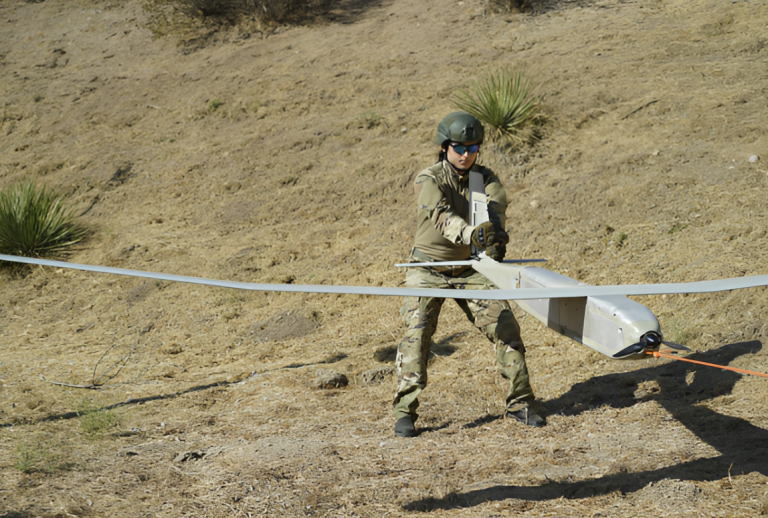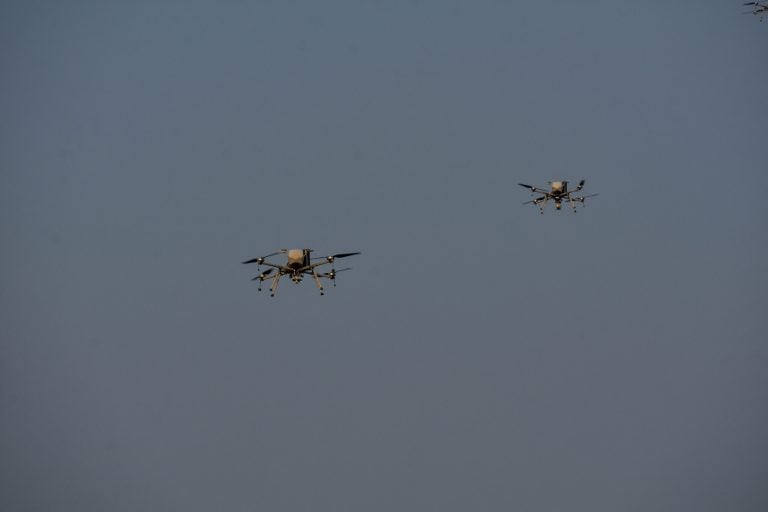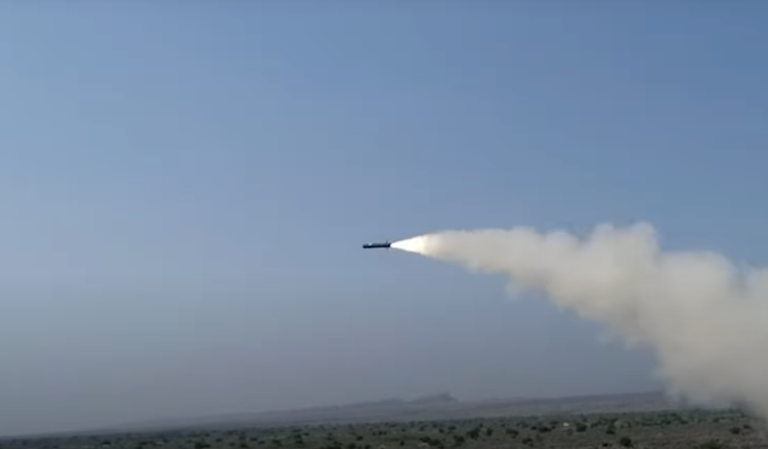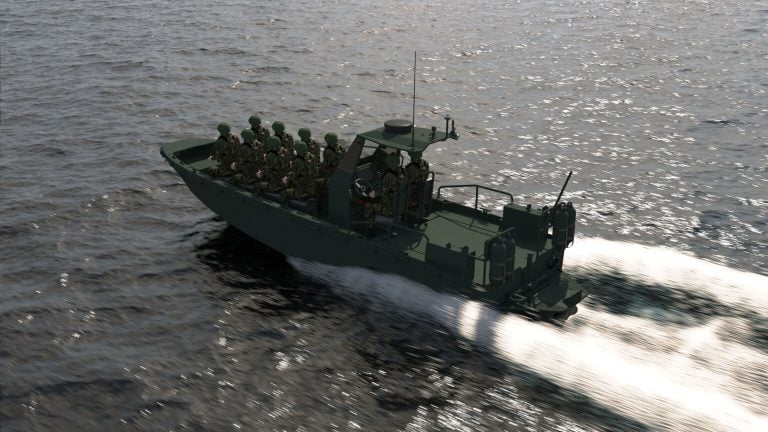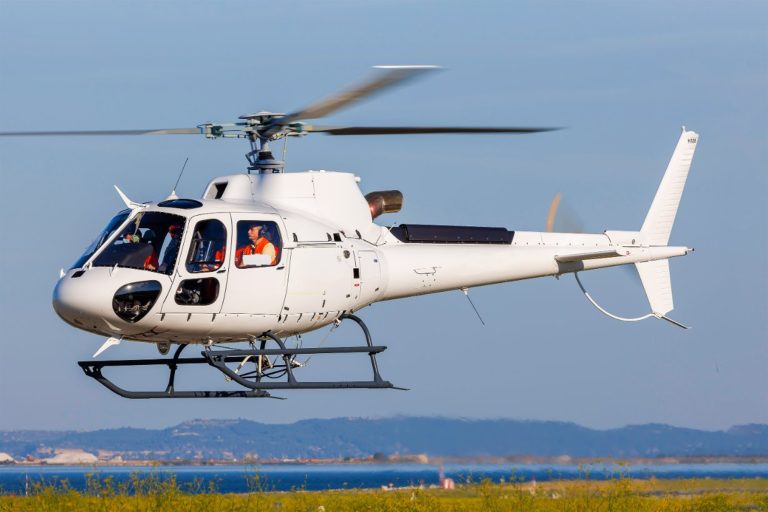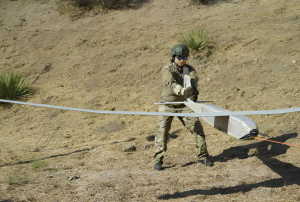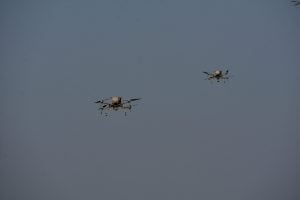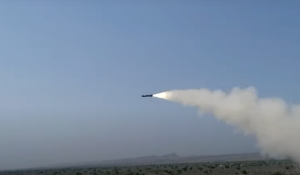India’s Defence Research and Development Organisation (DRDO) has successfully conducted the inaugural flight trial of an indigenous stratospheric airship, marking a significant milestone in the nation’s air surveillance capabilities. The prototype, equipped with an instrument payload, was launched from the Sheopur test site in Madhya Pradesh and ascended to an impressive altitude of 17 kilometers (10.6 miles).
The mission lasted approximately 62 minutes, after which the airship was successfully recovered. The data gathered during this flight is expected to be invaluable for refining the platform for future operations, enhancing India’s technological prowess in the field of high-altitude surveillance.
DRDO highlighted the strategic importance of this lighter-than-air system, stating that it will bolster India’s earth observation, intelligence, surveillance, and reconnaissance (ISR) capabilities. With this development, India positions itself among a select group of nations that possess such indigenous surveillance capabilities.
Stratospheric airships, often referred to as spy balloons, operate beyond the reach of most fighter jets and other air defense systems, allowing for an unobstructed view of critical areas. Unlike satellites that have a fixed orbital path, these airships can hover over specific targets for extended durations, offering continuous surveillance and intelligence-gathering capabilities.
However, maintaining flight stability at such significant altitudes presents its own set of challenges, including navigating high winds and unpredictable weather conditions. While India has made strides in enhancing its surveillance capabilities through the development of this airship, it is simultaneously preparing to counter potential threats posed by similar airborne technologies.
In a bid to bolster its air defense, the Indian Air Force undertook interception drills in October 2024, successfully deploying Rafale fighter jets to engage hostile high-altitude balloons, further underscoring the importance of these developments in the context of national security.
As nations evolve their defense strategies to incorporate advanced technologies, India’s efforts in developing indigenous high-altitude surveillance systems signify a proactive approach to maintaining its security in an increasingly complex aerial landscape.



